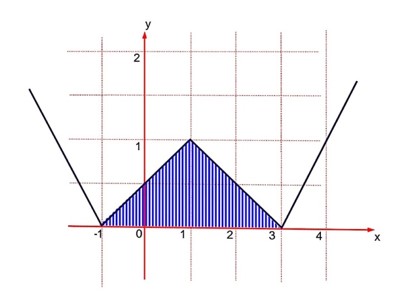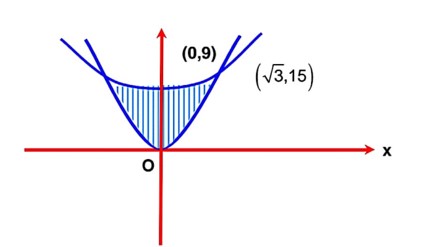Integrals
Get insights from 366 questions on Integrals, answered by students, alumni, and experts. You may also ask and answer any question you like about Integrals
Follow Ask QuestionQuestions
Discussions
Active Users
Followers
New answer posted
3 months agoContributor-Level 10
log? (18x-x²-77)>0 ⇒ 18x-x²-77>1 ⇒ x²-18x+78<0. Roots are 93.
log? (.)>0 ⇒ log? (.)>1 ⇒ 18x-x²-77>3 ⇒ x²-18x+80<0 (x-8) (x-10)<0.
8
I = ∫? ¹? sin³x/ (sin³x+sin³ (18-x)dx. Using King's property.
I = ∫? ¹? sin³ (18-x)/ (sin³ (18-x)+sin³x)dx.
2I = ∫? ¹? dx = 2. I=1.
New answer posted
3 months agoContributor-Level 10
I = ∫? π/? π/? dx/ (1+e^ (xcosx) (sin? x+cos? x). Using ∫? f (x)dx = ∫? f (a+b-x)dx. a+b=0.
I = ∫? π/? π/? dx/ (1+e? ) (sin? x+cos? x) = ∫? π/? π/? e? dx/ (e? +1) (sin? x+cos? x).
2I = ∫? π/? π/? dx/ (sin? x+cos? x) = 2∫? π/? dx/ (sin? x+cos? x).
I = ∫? π/? sec? xdx/ (tan? x+1). Let t=tanx.
I = ∫? ¹ (t²+1)dt/ (t? +1) = ∫? ¹ (1+1/t²)dt/ (t²-√2t+1) (t²+√2t+1). No, this is hard.
I = ∫? ¹ (1+1/t²)dt/ (t-1/t)²+2). Let u=t-1/t. I = ∫ du/ (u²+2) = (1/√2)tan? ¹ (u/√2).
= π/ (2√2).
New answer posted
3 months agoContributor-Level 10
Given
put 1 - x =
dx = -dt
From (i)
(i)
Similarly by (ii)
Adding (iii) & (iv)
Putting
Hence dx = α lm, n
=> α = 1
New answer posted
3 months agoContributor-Level 10
Information missing. The question was droppedby NTA.
Area bounded region =
Taking an Exam? Selecting a College?
Get authentic answers from experts, students and alumni that you won't find anywhere else
Sign Up on ShikshaOn Shiksha, get access to
- 65k Colleges
- 1.2k Exams
- 679k Reviews
- 1800k Answers


